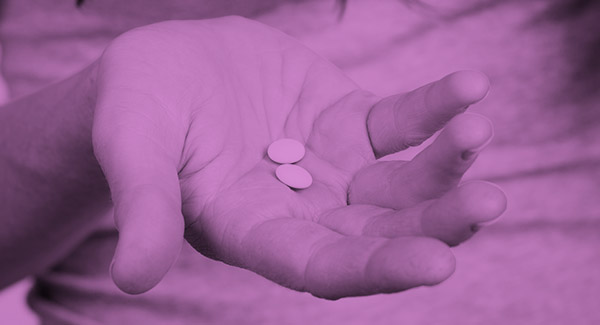Complex Regional Pain Syndrome
An old injury that's still painful accompanied by changes in skin color may be signs of complex regional pain syndrome.
Complex regional pain syndrome (CRPS) is a form of chronic pain that may develop after an injury. It usually affects one arm, hand, leg or foot. CRPS varies in severity and duration. Some mild cases will eventually go away. More severe cases can lead to long-term disability.
CRPS can occur at any age, with a peak at age 40. It is more common in women than men and in people with other inflammatory and autoimmune conditions.
Symptoms
The primary symptom of CRPS is ongoing severe pain that has been described as “burning,” “pins and needles” or as if someone were squeezing the affected body part.
There are three distinct stages of CRPS:
Stages
In the first stage, signs and symptoms include:
• Pain, swelling and stiffness in the affected areas.
• Changes in temperature of the limb (gets warmer or cooler).
• Changes in color of the affected limb (looks blotchy, pale, blue, purple, or red).
• Rapid nail and hair growth.
The second stage occurs after weeks or months with symptoms that typically include:
• Burning pain.
• Cool skin.
• Brittle nails.
• Swelling.
• Muscle spasms.
The third stage may result in permanent changes and is marked by:
• Severe pain.
• Changes in skin texture (shiny and thin skin).
• Muscle weakness or problems coordinating movements.
• Reduced joint movement and limb function.
• Biofeedback.
• Medications.
• Physical therapy.
• Occupational therapy.
• Psychotherapy.
• Surgery.
• Nerve stimulation.
• Nerve blocks.
Learn more about the medications used to treat CRPS at arthritis drug guide.
Stay in the Know. Live in the Yes.
Get involved with the arthritis community. Tell us a little about yourself and, based on your interests, you’ll receive emails packed with the latest information and resources to live your best life and connect with others.


